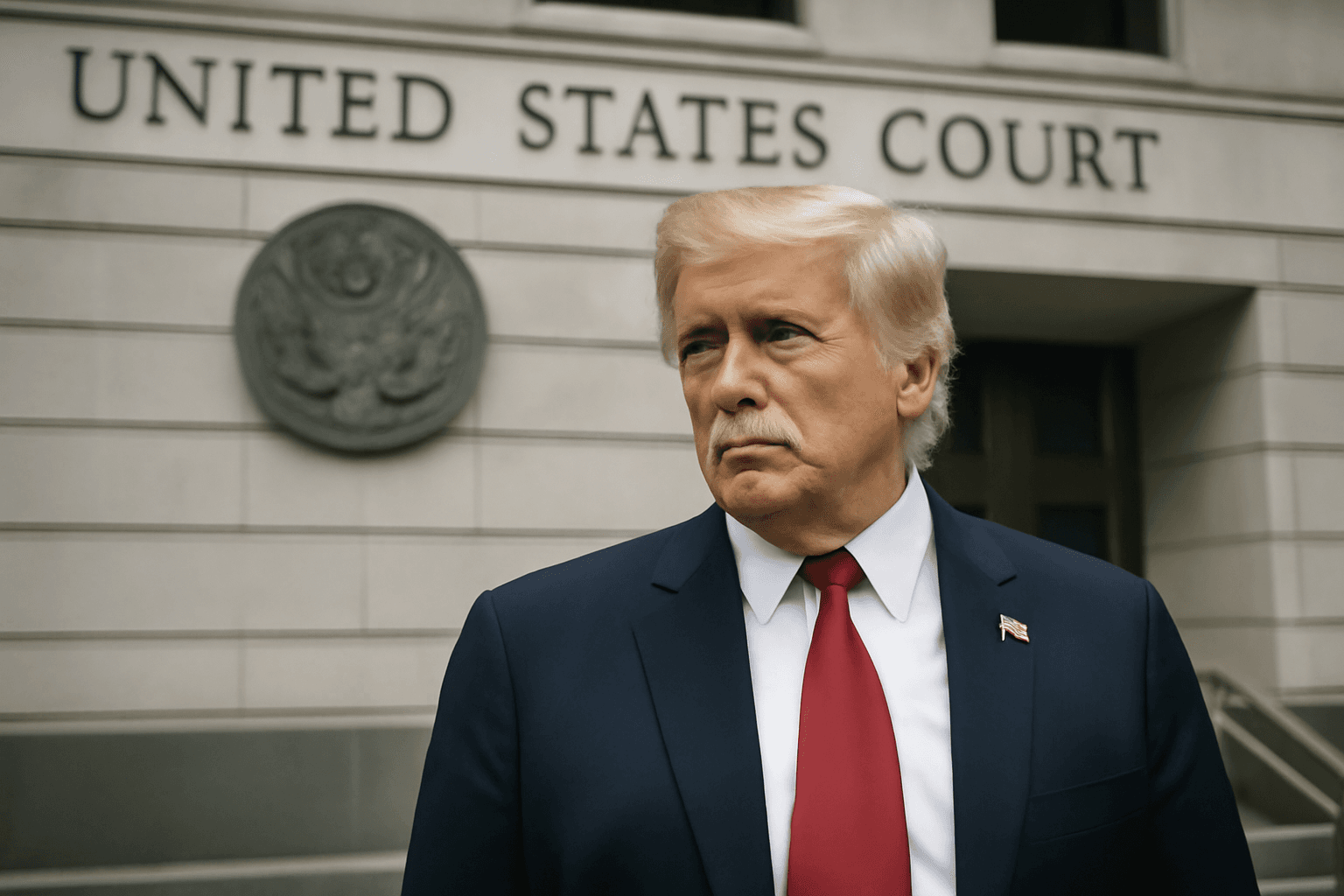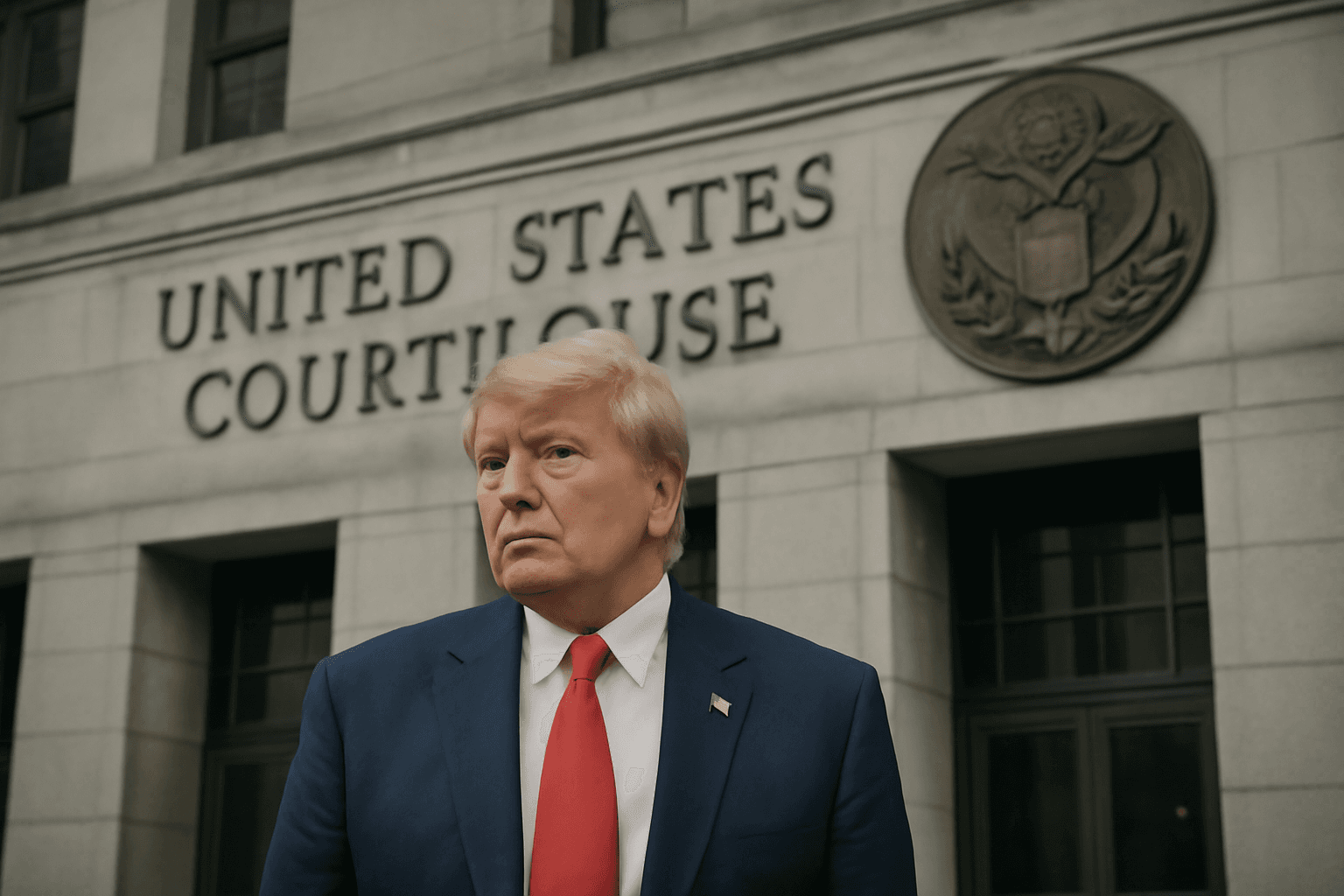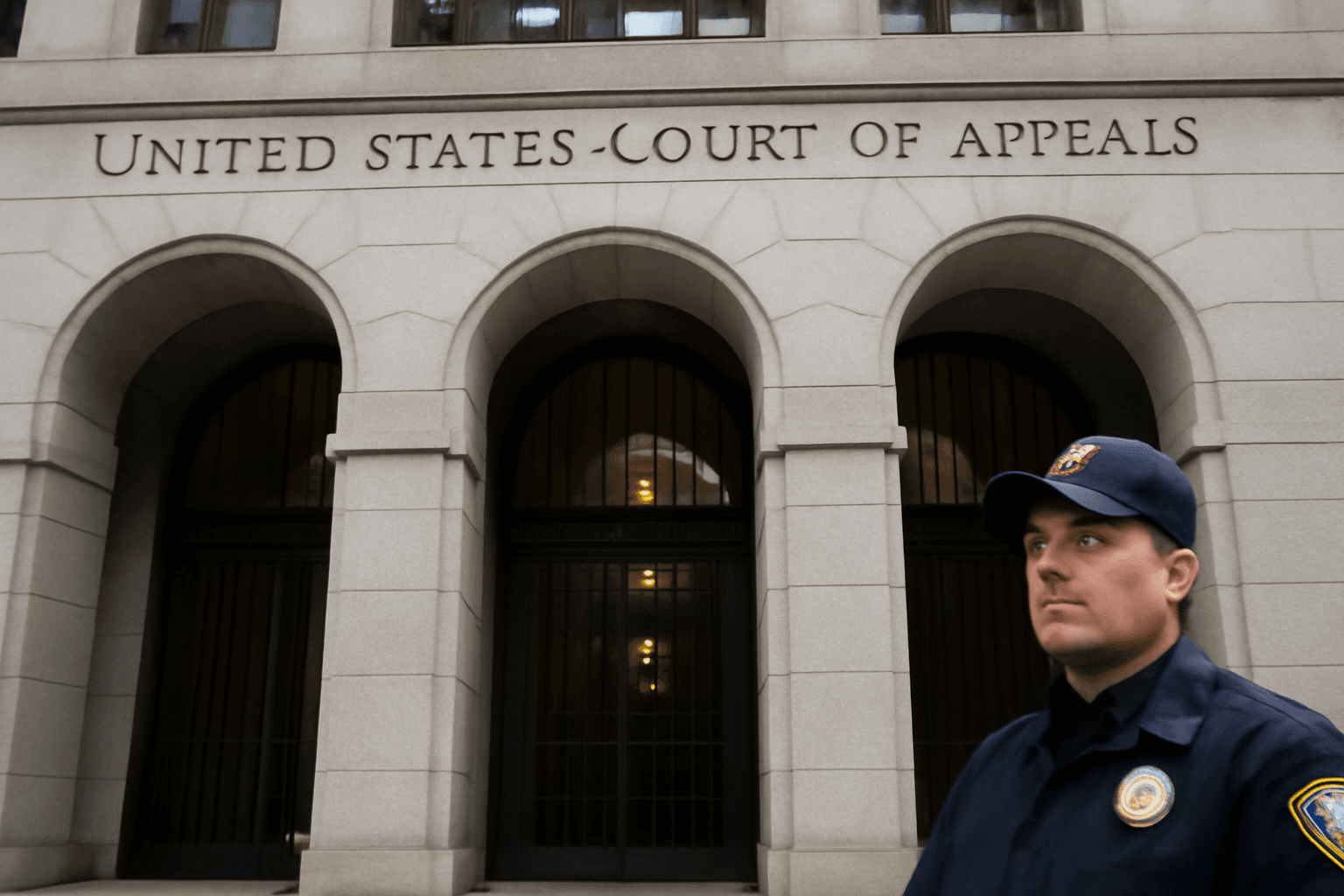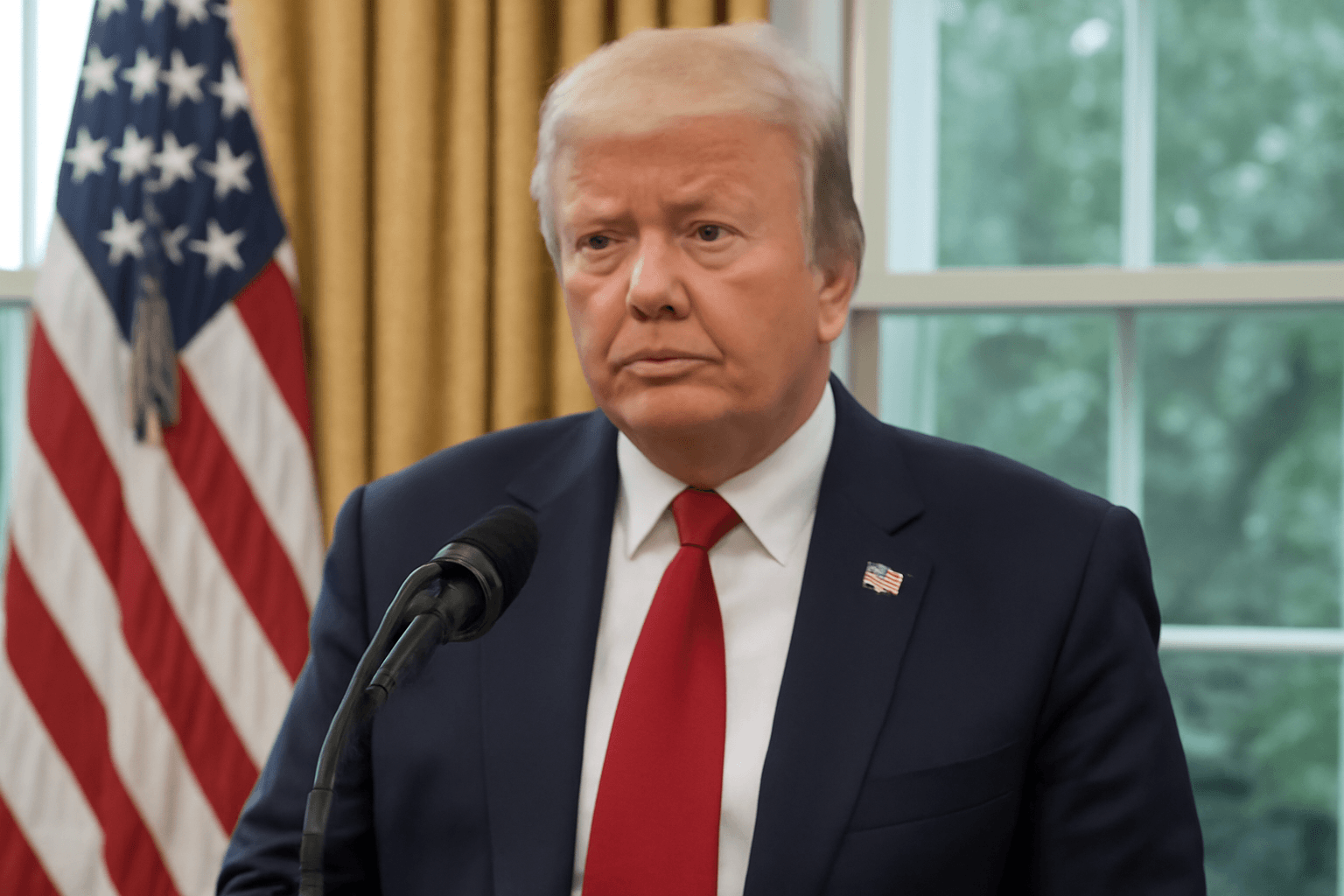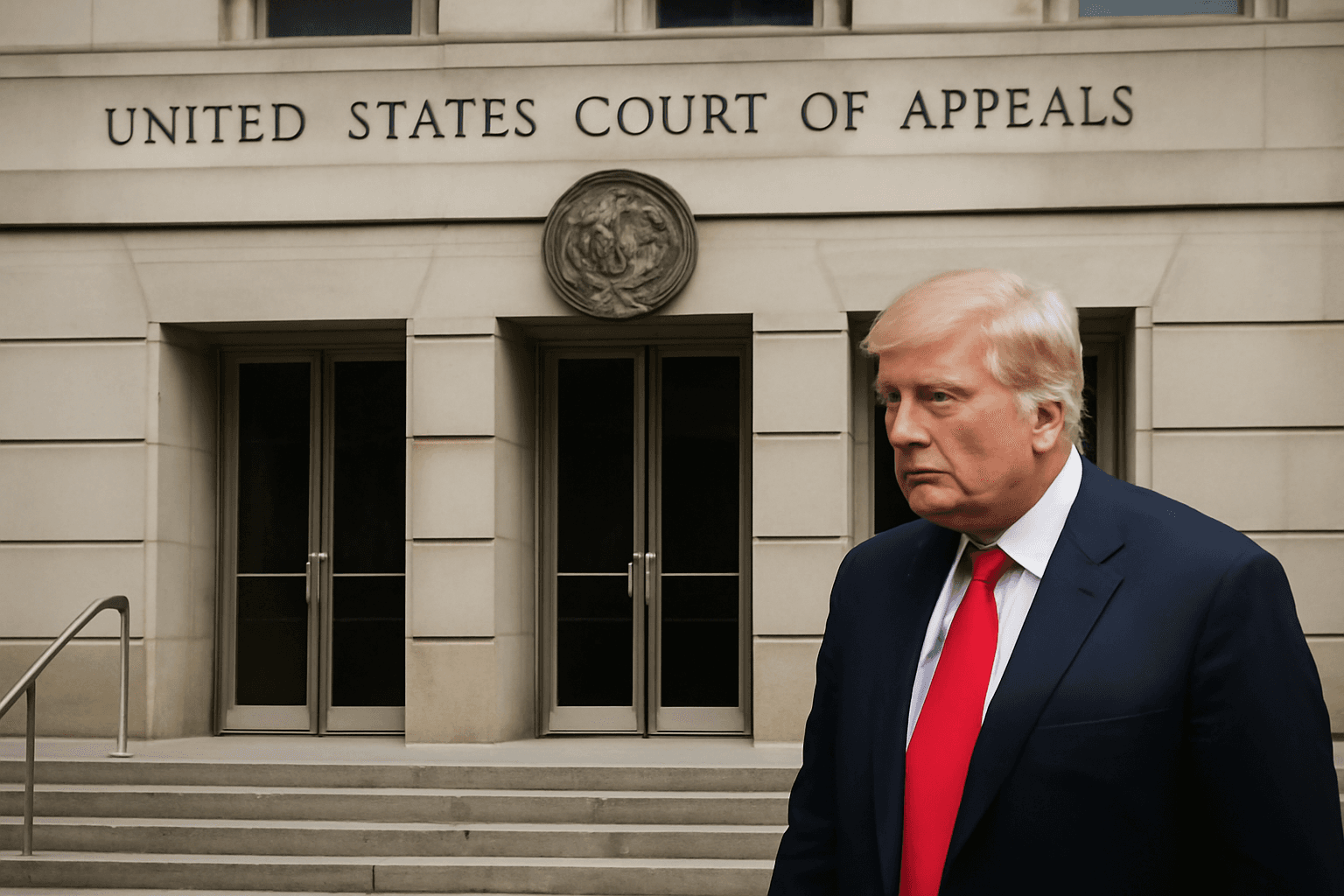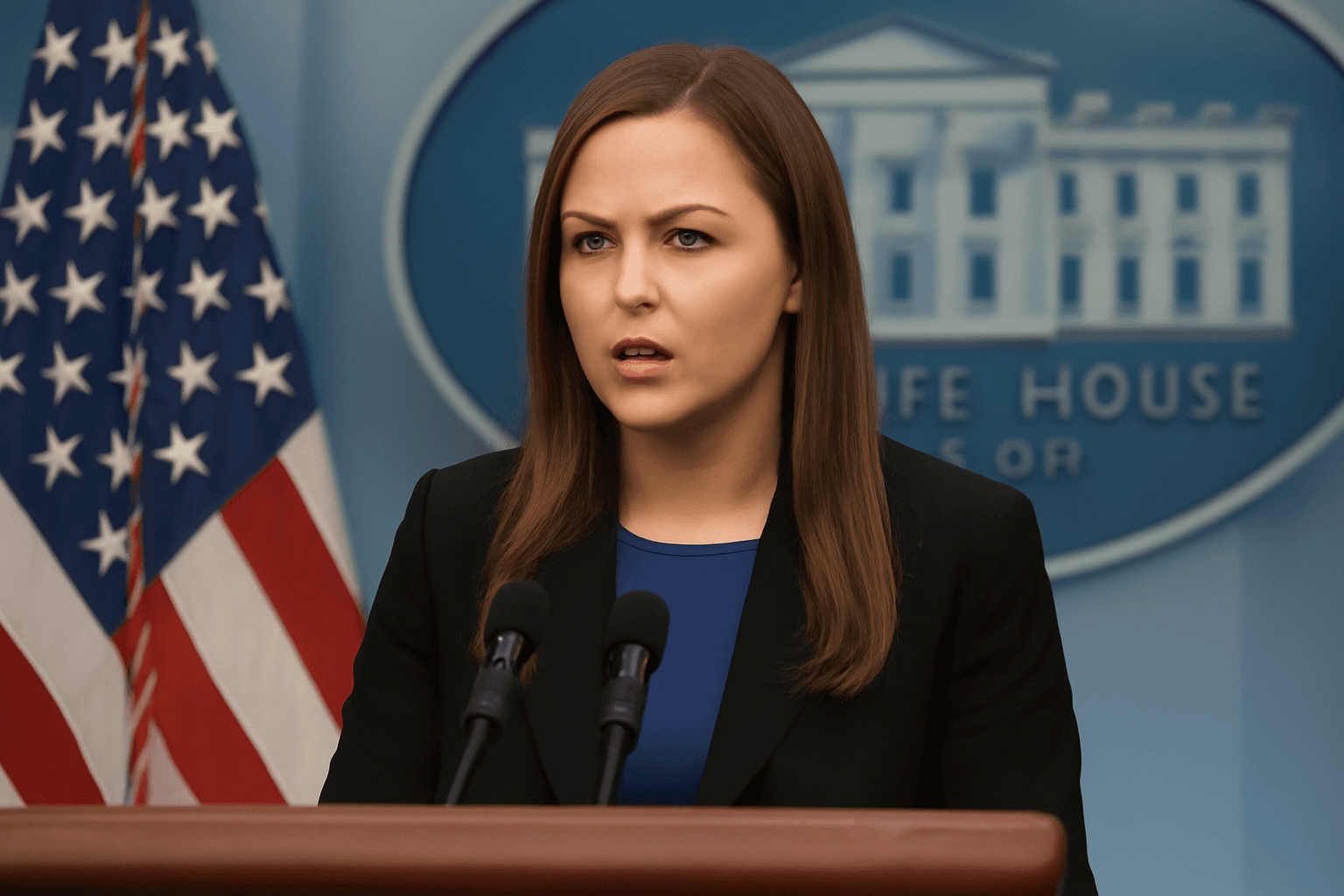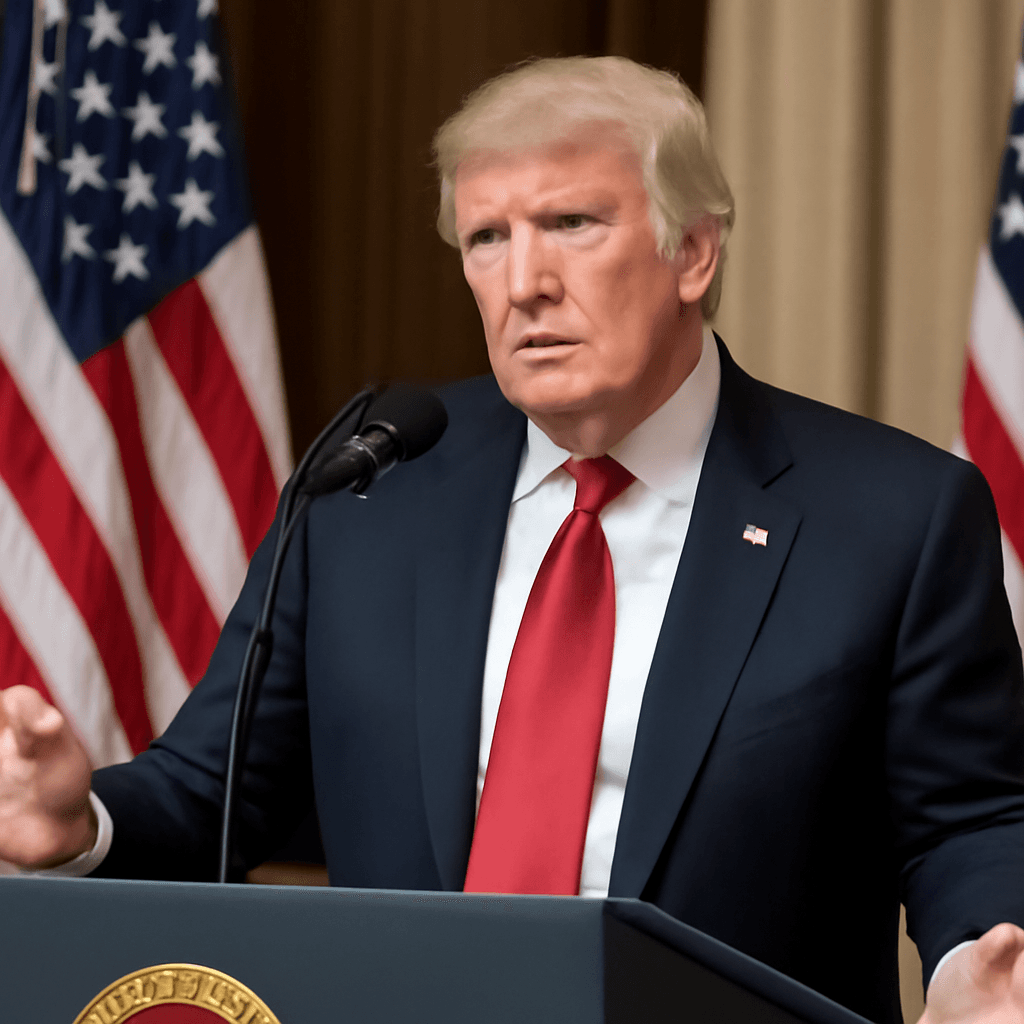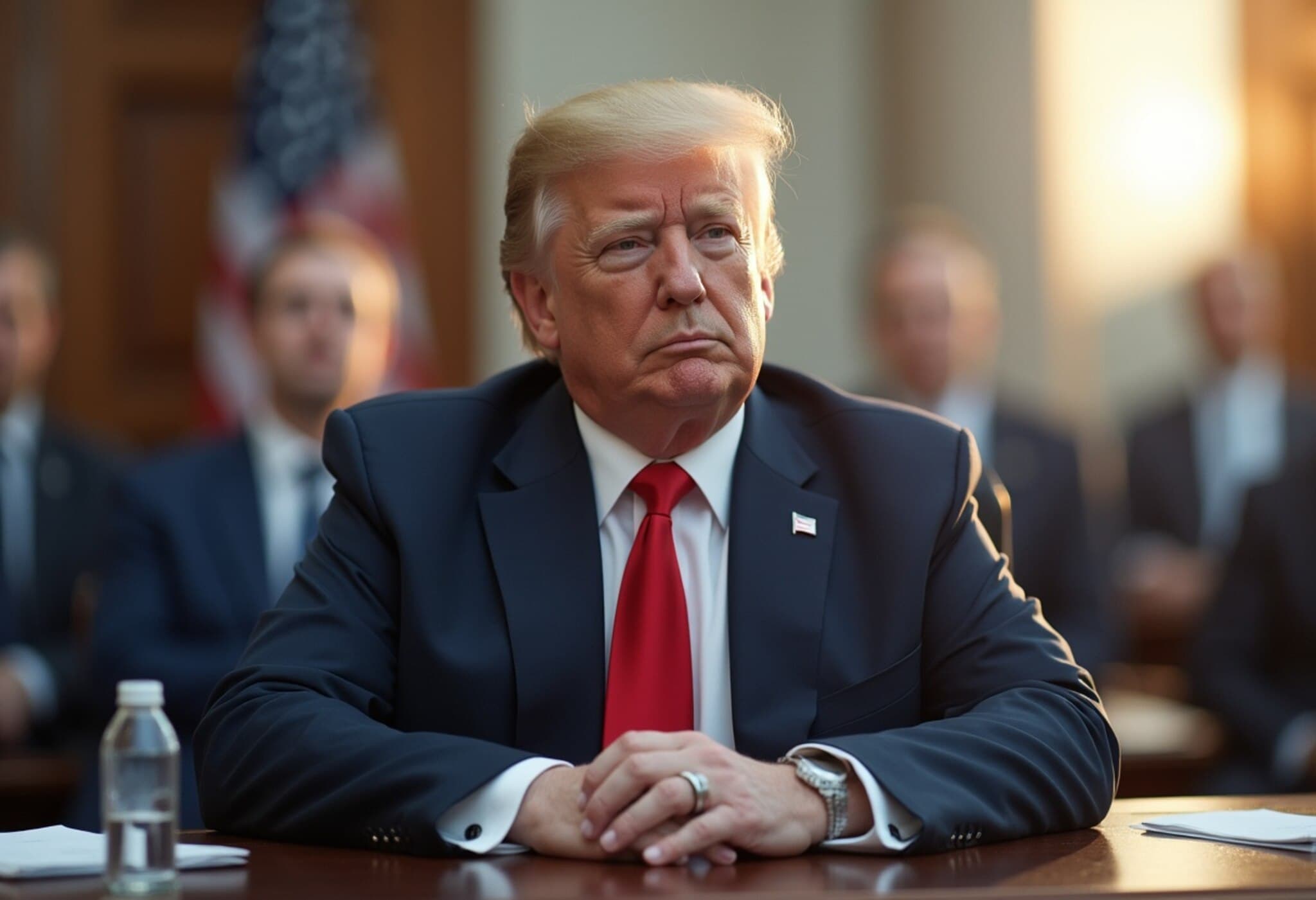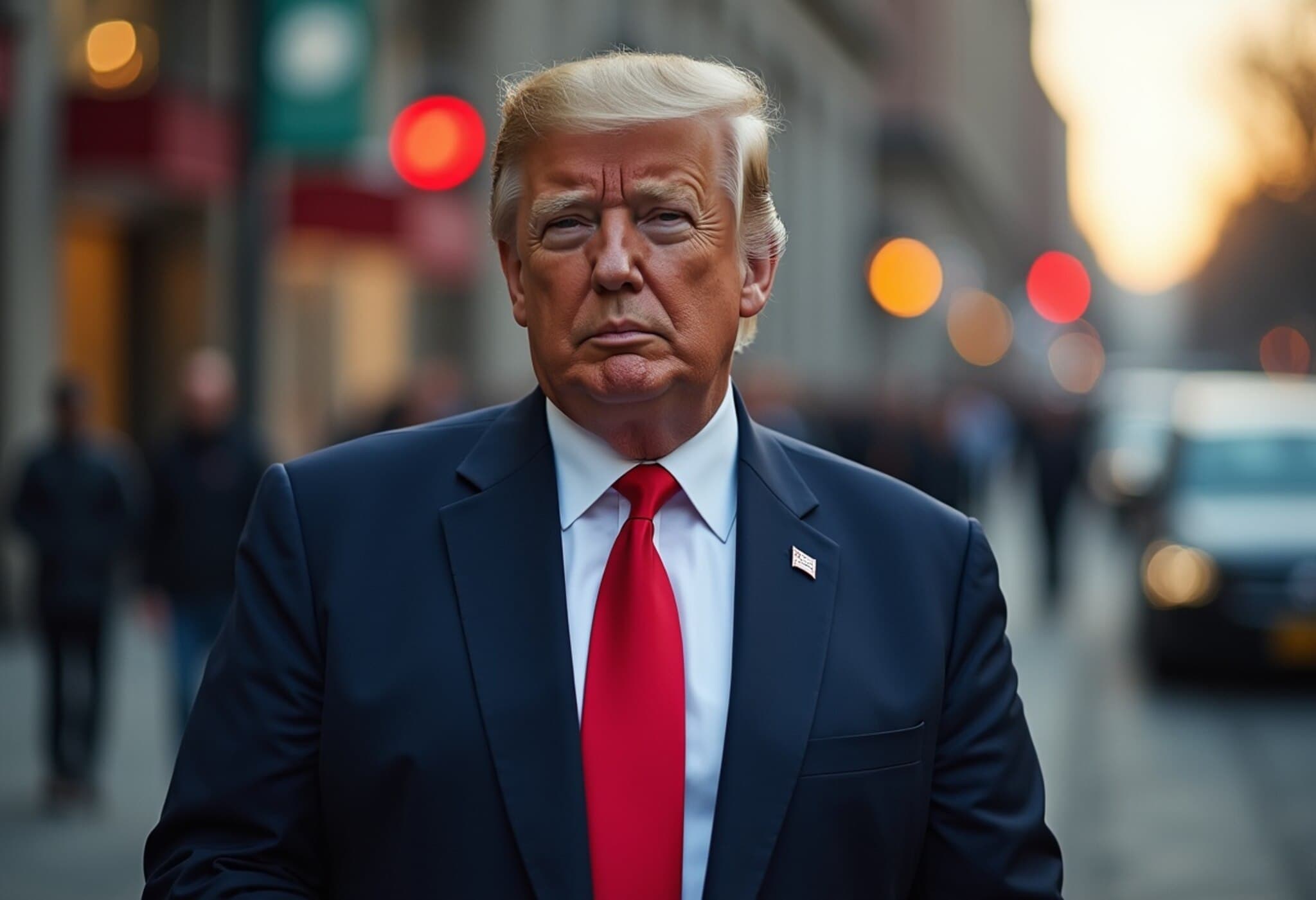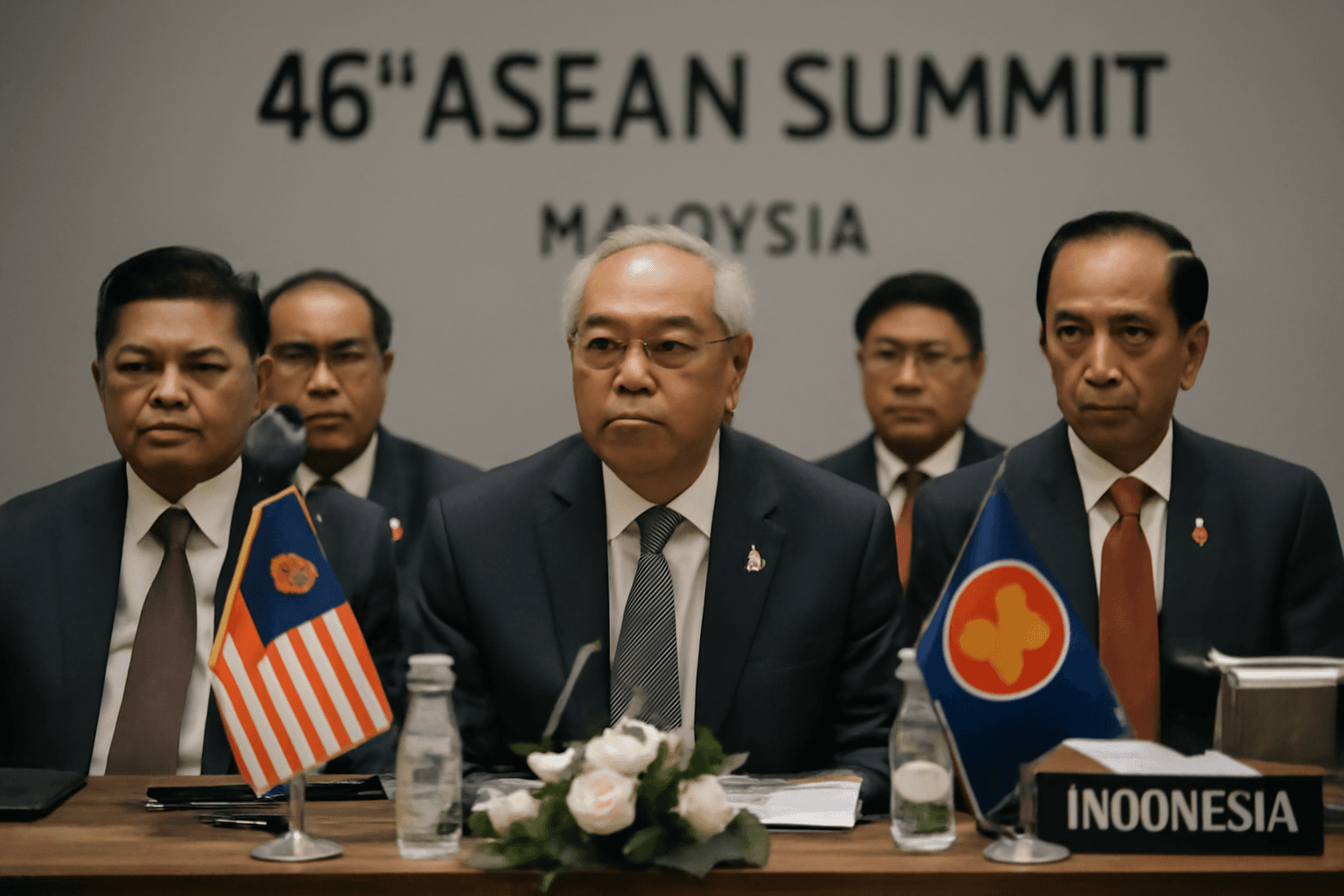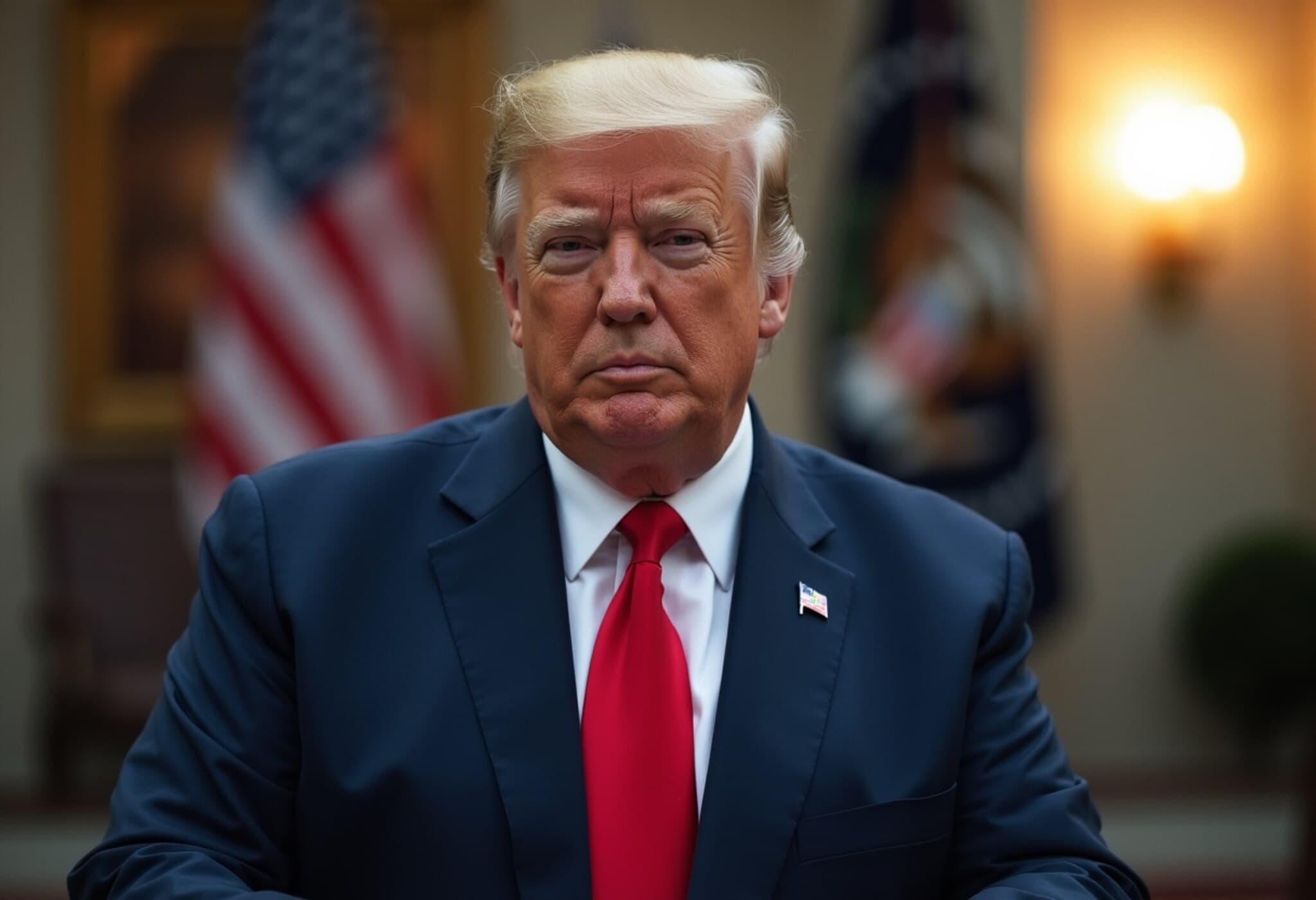Federal Appeals Court to Weigh Trump’s Broad Tariff Powers Under IEEPA
A significant legal battle is unfolding over former President Donald Trump’s sweeping authority to impose tariffs under the International Emergency Economic Powers Act (IEEPA). Next week, the U.S. Court of Appeals for the Federal Circuit is scheduled to hear oral arguments in V.O.S. Selections v. Trump, a pivotal case scrutinizing whether Trump’s expansive use of emergency powers to levy tariffs on global trade partners exceeds his constitutional mandate.
This lawsuit is the furthest along among at least seven federal cases contesting Trump's invocation of IEEPA, a law enacted nearly 50 years ago to empower presidents to react to unusual and extraordinary foreign threats. The Trump administration has leaned heavily on IEEPA to justify worldwide "reciprocal tariffs," including duties involving critical national concerns such as fentanyl imports from Canada, Mexico, and China.
Background: IEEPA and the Tariff Controversy
IEEPA authorizes the president to regulate commerce involving foreign nations during declared national emergencies. However, no previous president has interpreted the statute as a license to impose bilateral tariffs or duties independently.
As Ted Murphy, head of global trade practice at Sidley Austin, explained to CNBC, "The law has never been used for this purpose and its application here is broader than precedent supports. This raises legitimate legal questions about the scope of presidential power under IEEPA." The U.S. Court of International Trade ruled in late May that Trump overstepped his authority with certain tariffs. Yet, the Federal Circuit paused that ruling, keeping the tariffs active as the appellate process proceeds.
Legal Arguments: Businesses Push Back
Small businesses challenging the tariffs argue that IEEPA’s text does not mention tariffs, duties, imports, or taxes — and historically, presidential tariff powers rested with Congress. Their brief states, "IEEPA nowhere authorizes unilateral tariffs, which are directly economic measures rather than sanctions or trade controls traditionally under the statute's scope." Conversely, Trump’s legal team insists that the statute’s language granting power to “regulate … importation” encompasses tariff imposition, citing congressional precedent that allows the executive some latitude in addressing national security via trade controls.
Implications: Supreme Court Showdown Looms
Regardless of the Federal Circuit’s decision, the case seems destined for the Supreme Court, which currently has a conservative majority and includes three Trump appointees. Nonetheless, experts remain skeptical that Trump’s expansive use of IEEPA will survive judicial scrutiny.
Piper Sandler policy analysts warned in a recent note, "The lower courts are likely to strike down these tariffs, and the Supreme Court is unlikely to uphold them. Should the court rule against Trump, all of his recent trade deals and tariff notifications could be rendered illegal.”
- Trade deals at risk: Agreements with countries like the U.K., Japan, and Southeast Asian nations that hinge on these tariff policies could unravel.
- Bilateral trade letters: Trump sent 25 letters setting new tariff rates effective August 1, reflecting the reciprocal tariffs initially introduced in April and paused multiple times amid controversy.
- National security framing: The administration maintains these tariffs are vital to protect American industries and national security, a claim hotly debated in courts.
Complexities: Authority and Political Context
Not all recent trade actions unequivocally rest on IEEPA. For instance, some newly announced deals remain unsigned, and the administration has not fully clarified the legal foundations behind each tariff or agreement. The White House has confirmed the 50% tariffs on Brazilian imports rely on IEEPA, intriguingly linking this measure with political conflicts involving Brazil's former president rather than straightforward trade concerns.
Broader Legal Landscape: Multiple Lawsuits Pending
Complementing V.O.S., several other federal cases are jostling through the courts:
- Learning Resources, Inc. v. Trump: A D.C. federal judge ruled the president cannot unilaterally impose tariffs under IEEPA—this case awaits Federal Circuit review with oral arguments in September.
- State of California lawsuit and Indigenous Blackfeet Nation case: Scheduled for Ninth Circuit hearings, these lawsuits challenge the tariffs on state sovereignty and indigenous rights grounds.
- Others stayed in the Court of International Trade: Pending the outcome in V.O.S., several cases have been put on hold.
Expert Take: What’s Next for U.S. Trade Policy?
This legal drama underscores significant tension in U.S. trade policy: the balance between executive flexibility in responding quickly to global economic threats, and the constitutional checks ensuring Congress’s role in regulating commerce. A ruling against Trump could herald a recalibration of presidential trade authority, forcing administrations to pursue tariffs and trade deals through more conventional legislative avenues.
As the appeals court weighs the arguments, the nation watches a case that not only tests statutory interpretation but also raises questions about the limits of presidential power in an interconnected economy.
Editor’s Note
The unfolding V.O.S. Selections v. Trump case is a cornerstone moment, challenging the breadth of executive power over international trade. Readers should consider how these judicial decisions might shape future U.S. trade relations and economic security. Could this be a turning point reaffirming congressional primacy over tariffs? And how will this affect global trust in U.S. trade commitments made under such contentious authority? These questions remain at the heart of a debate that extends well beyond the courtroom.



